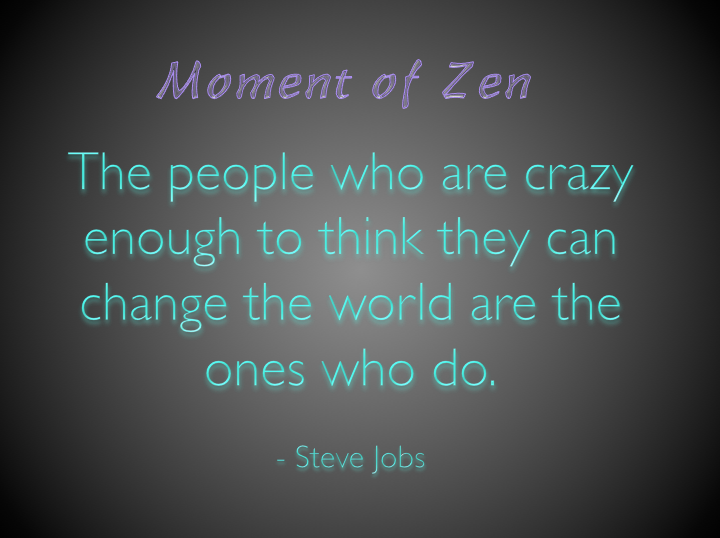1. Greet students: Always stand at the the door when students enter the room. Say “hi”, say their names, ask how their soccer game went, give high-fives, etc. Make them feel welcome!
2. Establish classroom norms: Norms should be posted on the wall for all students to see. Norms should be short and sweet – perhaps keep the list to 3! Two examples of “norms” in my classroom:
-
“One Mic”: When a classmate raises his or her hand and are called on, they have the mic. Everyone else should be respectful, quiet, and listening.
-
“Don’t Yuck My Yum”: When a classmate shares an answer or an idea that might be wrong or that you may disagree with, keep any rude thoughts to yourself. Don’t make others feel bad for sharing their ideas with the class.
3. Organization: Keep your classroom organized! Color coding and labels are great ways to keep materials in their designated locations. Make sure all students know where all supplies are located, where to turn papers in, etc.
4. Positive reinforcement: When students are working hard, demonstrating teamwork, or any other positive behavior, recognize it! Let them know that you notice. I use ClassDojo to award students for great behavior. I also use ClassDojo to communicate with parents. I can quickly and easily send parents messages to share awesome moments in the classroom.
5. Post student work: Any chance you have to put student work up on your walls, do it! Students love looking at each others’ work. They also feel a sense of pride when their work gets posted. Additionally, if students know you might put their work on the walls they will put much more effort into the project because they will want to impress their peers.
6. Always keep your cool: If students are frustrating you or being disrespectful, take a moment to collect yourself and take a deep breath before responding to their behavior. Remember, you’re the adult in this situation.
7. Keep moving: Always be moving around the classroom. Even if students should be looking at the front of the room, you do not have to be standing up there. Walk while you talk. Students might need help but are too shy to ask for it. If you continue to circulate the room you can spot which students might need a little more guidance.
8. Be a role model: Practice patience and kindness. You might be one of the few positive role models in your students’ lives.
9. Relate to students: Allow your students to get to know you. When they share experiences with you, share back. When they feel like they can relate to you they feel more comfortable in your classroom.
10. Take time to laugh: You don’t have to be on topic 100% of the time. Make time to tell funny stories, jokes, and take school a little less seriously every once in a while. 😀
11. Be consistent with consequences: Students should be aware of the consequences for certain behaviors at the beginning of the school year. Be consistent. Although no one likes to be punished, students will feel safer in your classroom if they know you will always give consequences for certain behaviors.
12. Bring it down to eye level: When students are hard at work and you would like to have a chat with them, kneel down to eye-level. Don’t ask them questions from 4 feet above them. Have a real conversation. Students will feel more important!
13. Creative opportunities: No matter what subject you teach, you need to provide opportunities for students to be creative, whether that be through music, drawing, technology, etc. This will allow you to get to know them more and for them to show off their talents!
14. Admit when you’re unsure: No one knows everything, so be honest about it! If your students ask you a question that you’re unsure of, tell them! After I say “I’m not sure”, I always pull out my phone and ask Siri for the answer — students LOVE it.
15. Smile: 🙂



